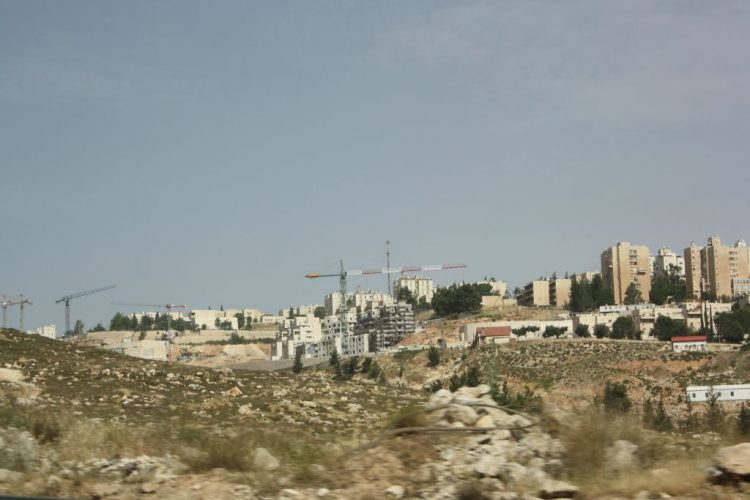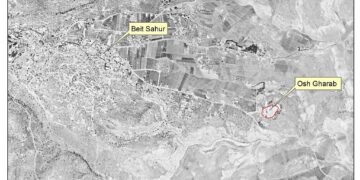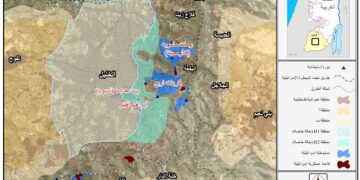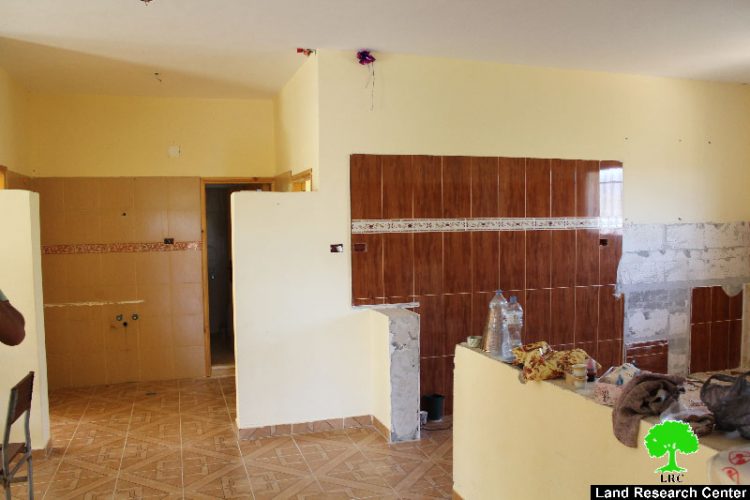On the 20th of July 2016, the Israeli Planning and Construction Committee in the Israeli Municipality of Jerusalem approved the providing of significant extra building (urban) rights for the construction of thousands of housing units, commercial buildings and hotels along the light rail route and stations (the existing and the future ones), in Jerusalem city. By approving a new building rights, the Israeli Authorities seek to increase the number of housing units being built in the Jerusalem city, to encourage the development activity in the city.
Where the Israeli Authorities approved the follow building rights[1]:
- Land which its area reaches to 1 dunums, will increase the building percentage from 240% 10 360%, height of the building 9 floors.
- Land with area 1.5 dunums, can applied planning to increase the building percentage to 440% instead of 320%, height of the building 12 floors.
- Land with area up to 1.5 dunums, they can increase the building percentage to 780%, with building height 18 floors instead of 12 floors.
- And in some areas (the high ones) the building percentage can reach 10 1200% with building height 30 floors.
- Noted that the Israeli Planning and Construction Committee informed that the new plan will considering the distribution of population and the nature of the population and communities in various areas of the city.
According to the Israeli Mayor of Jerusalem; Nir Barakat, this project will work on the increasing of the number of passengers using the light Rail, this will led to decrease the traffic in the city, and solve the “parking problem”. More than that, the new housing units will bring new Israeli residents to the city.
Israeli Light Rail in Jerusalem City…
The Israeli Municipality of Jerusalem started the construction of the first line (The Red Line) in the light Rail on 2002 and ended on 2010, while the first time the light rail started the fully operational on the 1st of December 2011. The length of the red line is 13.9 kilometers with 23 stops. While the cost of the construction of the red line estimated of 3.8 billion NIS (approx. US $1.1 billion).
Furthermore, In September 2013, the Israeli daily newspaper, Haaretz, reported that the Israeli Jerusalem Municipality is adding a new stop to the Jerusalem light rail to increase the number of travelers. And for doing so, the Jerusalem light rail system will be expanded to include another five lines over the next 20 years, under a plan being drafted by Jerusalem city hall and the Israeli Ministry of Transportation.
And on the 27th of January 2016, the Israeli Jerusalem Municipality’s Planning Committee approved a plan to construct a new light Rail path (Blue Line) that will connect the Israeli settlement of Gilo, which located south of Jerusalem city, to the Israeli Settlement of Ramot, at the northern part of the city. The new path length will be about 20 kilometers and will serve some 250,000 passengers. For more information about this case: http://www.old.poica.org/details.php?Article=8908
Moreover, on the 5th of July 2016, Israeli resource revealed that the tenders are to be called ‘soon’ for the construction of two more light rail lines in Jerusalem city, following the municipality’s approval at the end of June of the proposed Green Line route and the start of the approvals process for the Blue Line route.
The Green Line route length is about 19.6 kilometers starts in the Gilo settlement, south of Jerusalem city. The Green Line will pass the Binyanei-Hauma terminus of the A1 fast line railway, then cross the existing Red Line tram route and run to Mount Scopus. There would be 36 stops, and ridership is predicted at 200,000 passengers/day. While the 20 kilometers Blue Line would run from the Ramot settlement at the northern part of Jerusalem city, through the city center up to Talpiot and Gilo, with branches to Al-Malha and Mount Scopus. It would have 42 stops and ridership is predicted at 250,000 passengers/day. Meanwhile, work is also underway to extend the Red Line north to Neve Ya'akov settlement and south to Hadassa Ein-Kerem.[2] (See the image No. 1)
Israeli Authorities already started the encourage of the constructions in Jerusalem city….Israeli Authorities approved the Israeli Master Plan No. 101-0049056
What the Israeli Planning and Construction committee approved on the 20th of July 2016, is just some building rights to encourage the construction of housing units and commercial buildings and hotels in areas located along the path of the Light Rail and its stations in Jerusalem city.
On the 17th of June 2016, the Israeli Planning and construction committee in the Israeli Municipality of Jerusalem approved the master plan No. 101-0049056 to construct residential buildings, a hotel and commercial buildings near the “Light Rail station” in Emk Refaim street, northwest of Jerusalem city, on 11.42 dunums of land. See the image No.2
This Israeli Plan is just the first one that was approved in Jerusalem city near the Light rail stations, and after the Israeli Municipality of Jerusalem approved the new “building rights” along the path of the Light Rail and its stations, a new construction projects to be approved in the future, to achieve the goal to construct thousands of Israeli housing units, a number of commercial buildings and hotels in Jerusalem city. See the image No. 3
To Sum up:
The Israeli Authorities seeks by approving on “new building rights” in Jerusalem city, especially along the path of the “Light Rail” and its station, to incases the number of passengers who using the Light Rail, and increase the Municipality income, solve the “parking problem” in the city by reducing the traffic and the number of residents that using their cars. More than that, the Israeli Authorities seeks also, to increase the number of “Jewish” residents in Jerusalem city, which led to change the demographic situation, and this will benefit the Israeli Lofty goal, to came the Jerusalem city “Jewish” one.
However, all of the Israeli colonial projects , the construction and expansion of the illegal Israeli settlement in all parts of the occupied Palestinian territory including East Jerusalem are illegal and constitute a grave breach of the International law rules and conventions:-
The existence of the Israeli settlements and outposts in the West Bank and their expansions are Illegal and contradicts with the international law rules, United Nations Security Council Resolutions such as 237 (1967), 271 (1969), 446 (1979), 452 (1979) ,465 (1980).
Resolution 446 March 22, 1979 calls on Israel to rescind its previous measures and to desist from taking any action which would result in changing the legal status and geographical nature and materially affecting the demographic composition of the Arab territories occupied since 1967, including Jerusalem and, in particular, not to transfer parts of its own civilian population into the occupied Arab territories"
Also the resolution 452 of the 1979 “calls upon the Government and people of Israel to cease, on an urgent basis, the establishment, construction and planning of settlements in the Arab territories occupied since 1967, including Jerusalem.”
Furthermore the Fourth Geneva Convention also states in Article 49 that “The occupying power shall not deport or transfer parts of its own population into the territories it occupies.” and Article 174 of the same convention “prohibits the 'extensive destruction and appropriation of property not justified by military necessity and carried out unlawfully and wantonly.”
In May 2001, the head of the International Red Cross delegation to Israel and the Occupied Territories said that settlements are "equal in principle to war crimes". (Note: "The transfer, the installation of population of the occupying power into the occupied territories is considered as an illegal move and qualified as a 'grave breach.' It's a grave breach, formally speaking, but grave breaches are equal in principle to war crimes", Rene Kosirnik, head of the ICRC delegation to Israel and the OPT, press conference 17 May 2001).
Article XXXI of the 1995 Oslo agreement Israelis forbidden from building or planning to any project or settlements or any colonial expansion or any plan that lead to change the status of the West Bank and Gaza Strip. The article provides “Neither side shall initiate or take any step that will change the status of the West Bank and the Gaza Strip pending the outcome of the permanent status negotiations”.

















